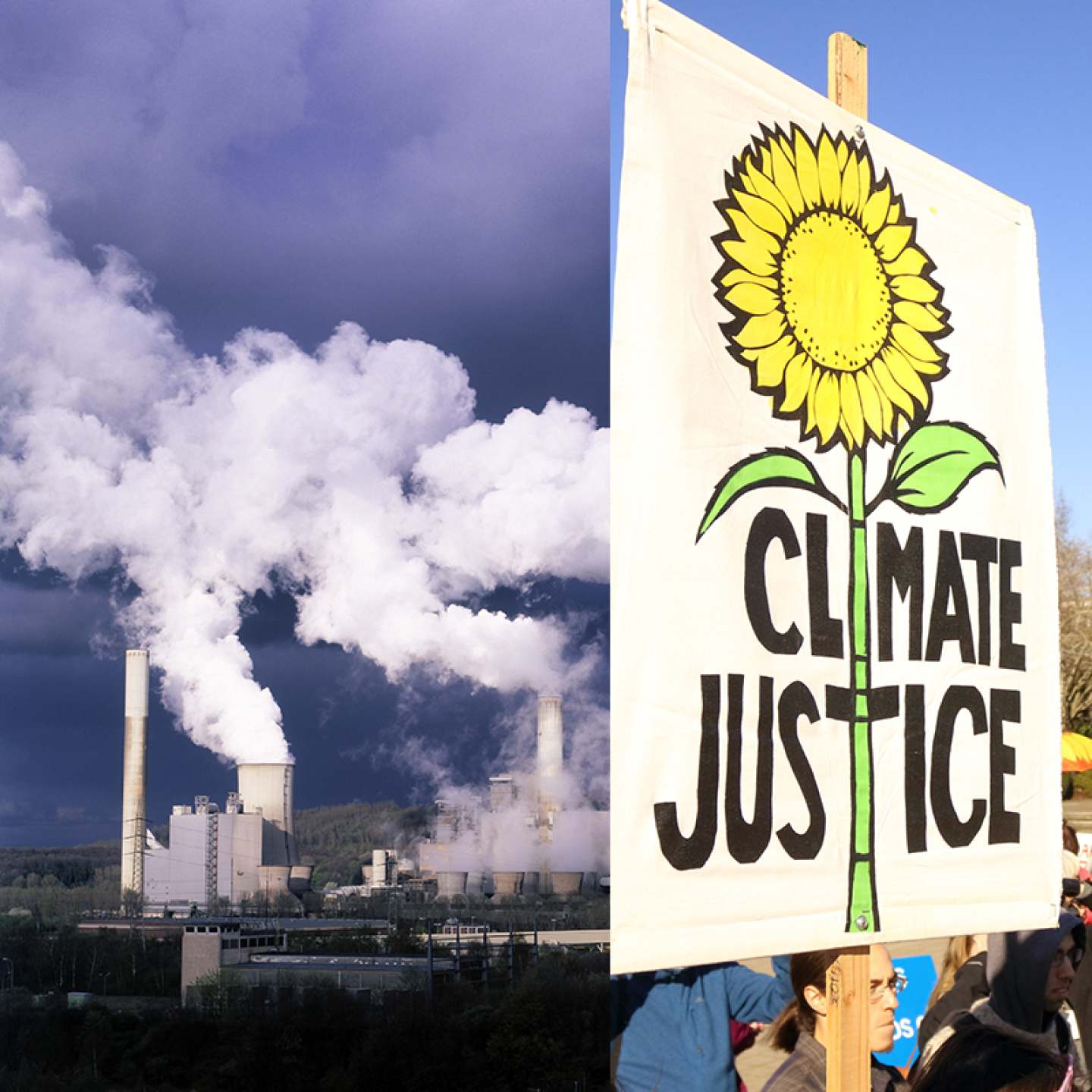Underground petroleum contamination is a widespread problem that drains public resources and has been routinely mismanaged to the detriment of…
Oregonians Expect Bolder Action on Climate
Let’s be honest--the state of the climate emergency can be downright overwhelming and difficult to face day after day. A…
Climat-o-cides
We face a future full of challenges about the health of our communities and the impacts of a warming climate.…
Breathing life into our leaders of color
“I can’t breathe!” One man’s dying words, choked to death by a Minneapolis police officer, has become the rallying cry…






